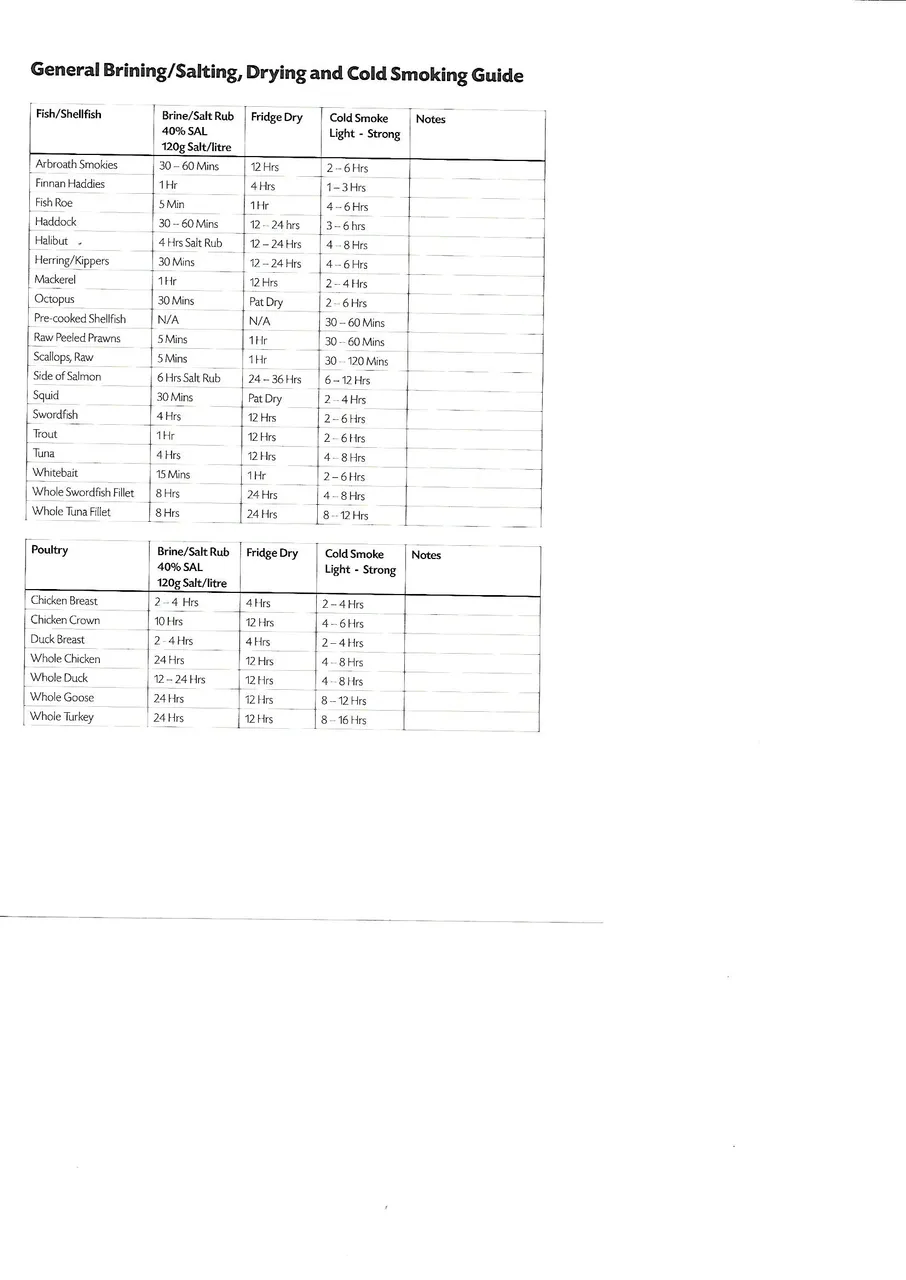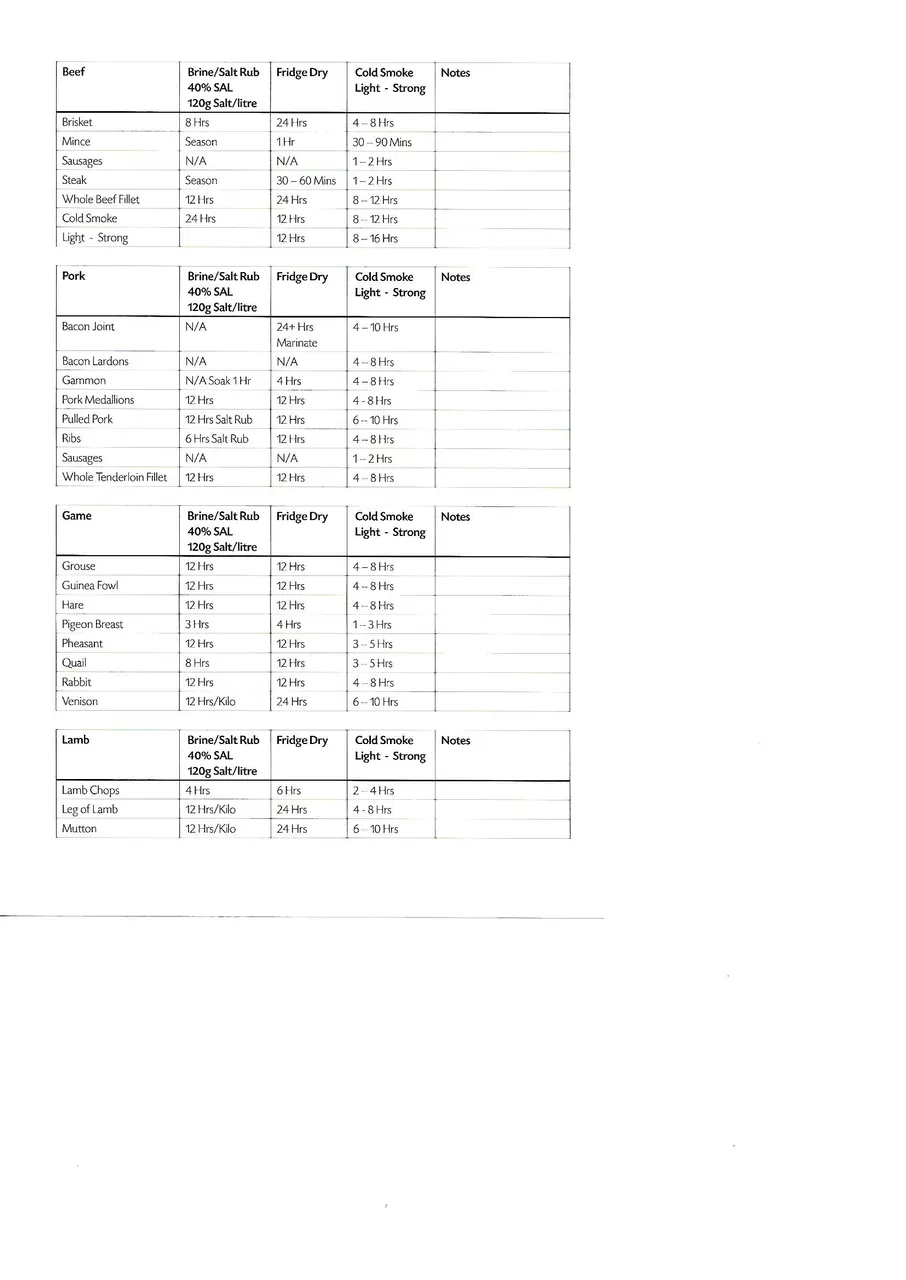
Welcome to my Successful Cold Smoking Food Guide
I've developed this guide after many years of experience and experimenting with cold smoking food. Please enjoy and all success.
What is Food Smoking?
Smoking is a technique used to add and enhance flavor and color, and preserve food by exposing it to smoke, which is generated by smoldering wood, nutshells, herbs, tea, peat, rice, hay, seaweed or other suitable materials.
Often, a vented smoker housing is used to contain the food, as the smoke freely passes over it and exhausts to the outside atmosphere. Smoking not only adds flavor to the food being smoked, but also seems to enhance and release more of the existing flavors already contained within the food itself.
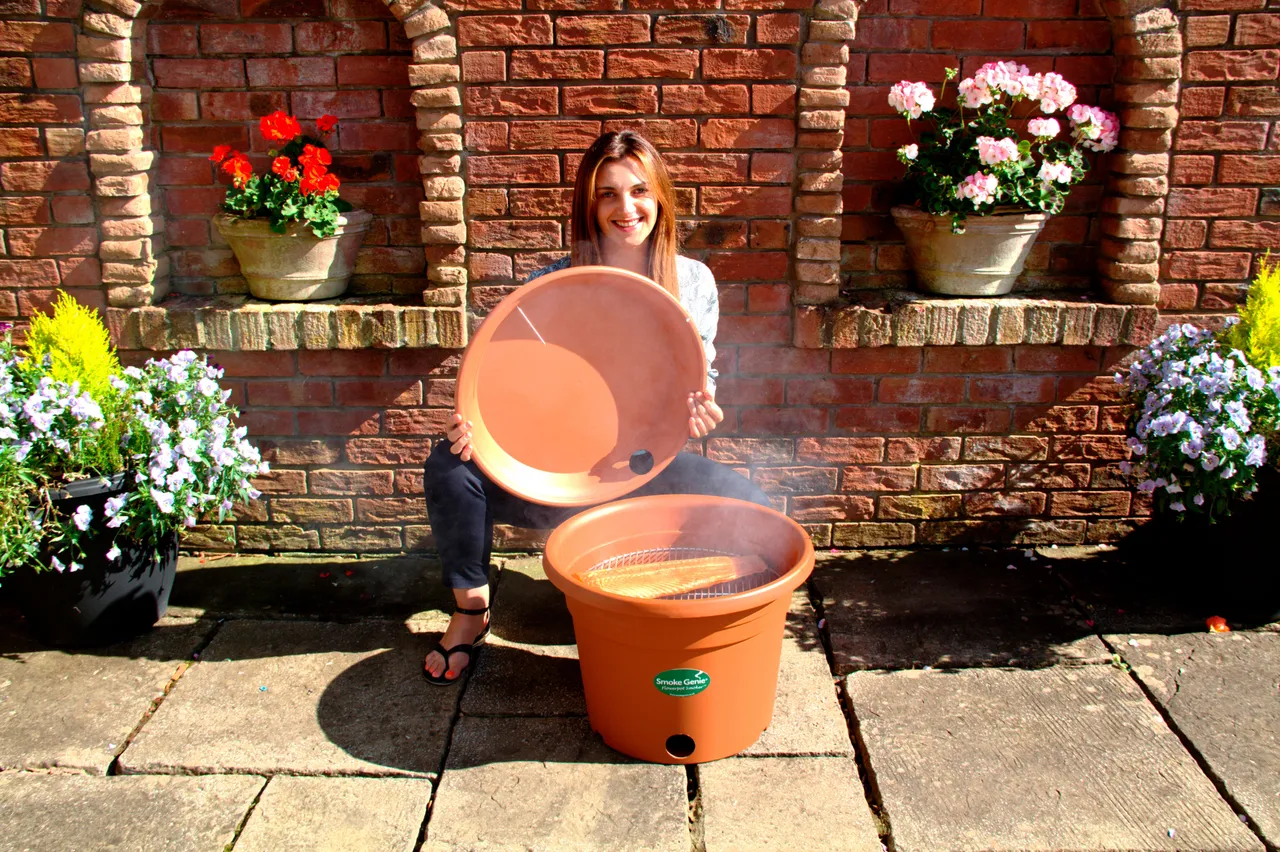
What is Cold Smoking?
Cold smoking is performed at 86°F (30°C) or less, which does not heat and cook the food. Some cold smoked foods can be eaten without cooking, while others need to be cooked after cold smoking. Cold smoking helps preserve food by salting prior to drying and smoking, which removes excess moisture and limits bacterial growth.
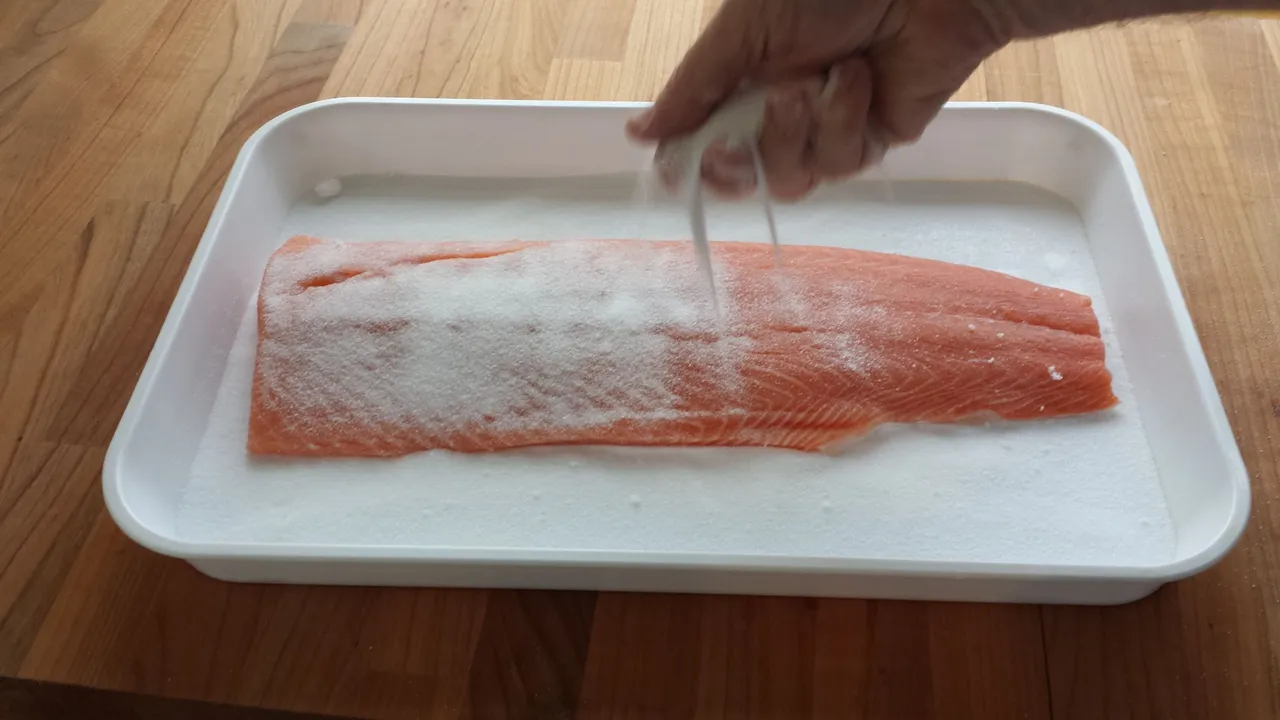
The cold smoking process preserves and flavors food more intensely than hot smoking, and also allows more accurate control of temperature.
Cold smoking prior to cooking infuses and balances the flavors more deeply, and afterwards facilitates easy and accurate conventional cooking. This results in light and delicate flavors that are more suited to a contemporary palate.
What is Hot Smoking?
Hot smoking is performed at much higher temperatures and smokes food as it is being cooked, after which it is usually eaten straight away. However, hot smoking does not preserve the food, as it does not remove enough moisture.
Anything that is hot smoked should be treated exactly the same as other perishable foods, and refrigerated. Hot smoking is for flavor only, and tends to impart a more outwardly robust smokiness to the food.
What’s the difference between cold and hot smoking?
It depends on the food being smoked, the flavor and texture desired, and also the practicalities of smoking particular types of food. Cold smoked salmon, for instance, has a distinctly different taste and texture to salmon that has been hot smoked.
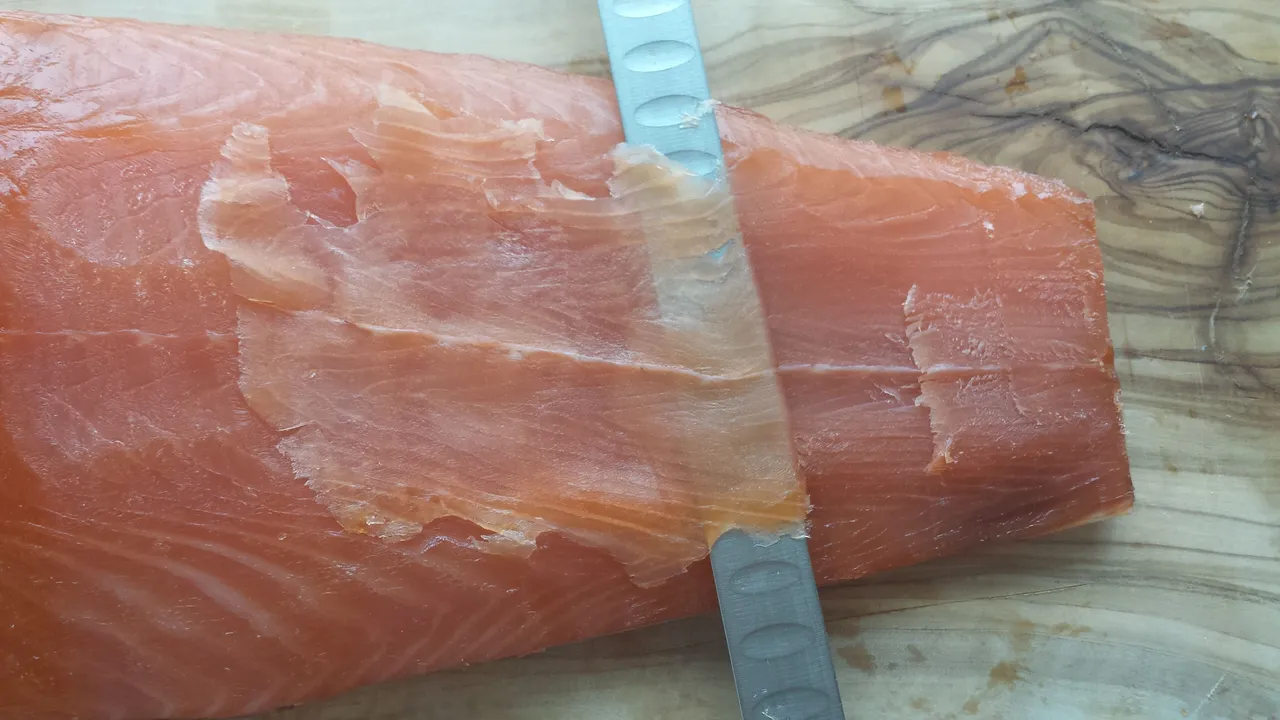
Cheese is usually cold smoked, as it would melt if hot smoked - unless that is the desired effect. The flavors of cold smoked cheese will greatly improve if it is allowed to chill in the fridge for a day, or even a few weeks, so time is also an influential part of the process.
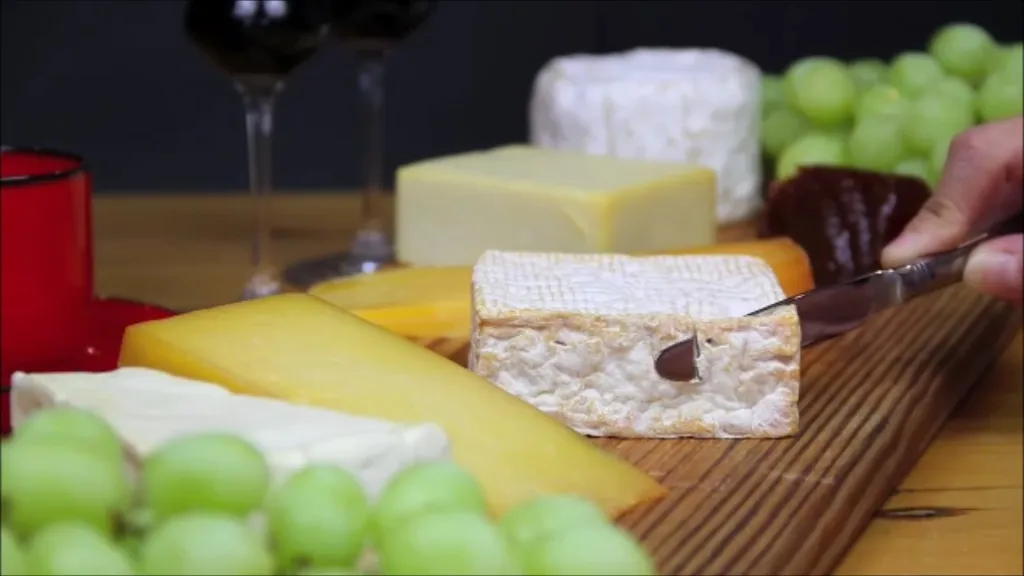
Cold smoking is generally a slower, more considered and layered process, but the results are always worth it.
What is smoke?
Smoke is a complex mixture of microscopic solids, gases and water vapors that together make almost four hundred different compounds. Some of these adhere to the surfaces of food and flavor it.
The type of wood used to generate smoke, the temperature,the moisture content and the method of producing smoke all influence what type of compounds will be generated and ultimately the flavor imparted to the food.
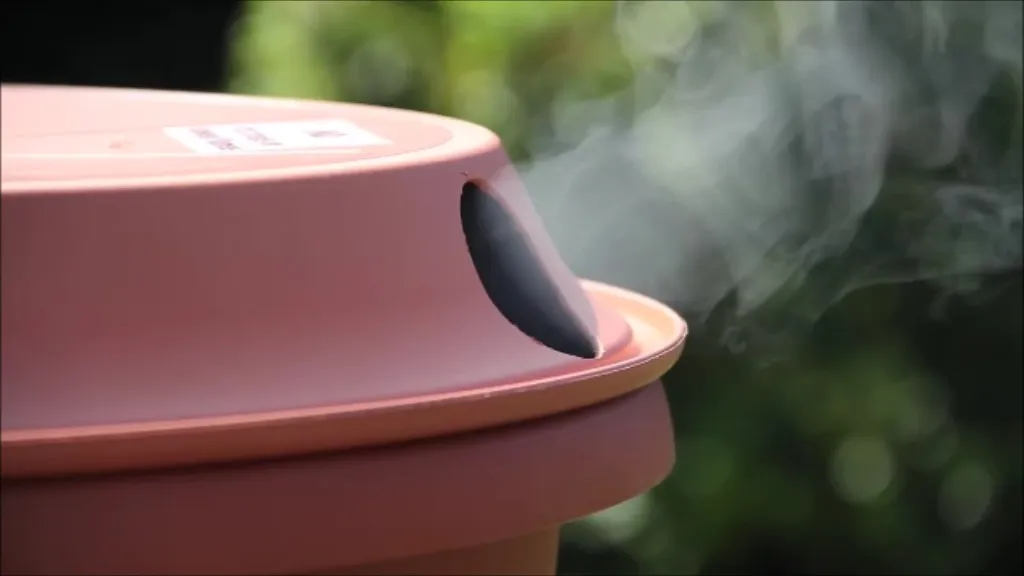
For food smoking purposes, the wood should smolder and not flame. More smoke is produced from this primary combustion than by a flaming secondary combustion. Smoldering wood also produces a different flavor, one that is far superior to that given by flame burned wood.
The best smoke is blue smoke, as it has the smallest particle size, which is achieved by a clean primary burn. White, grey and black smoke - in darkening order - leads to bitter tasting food, and is usually caused by oxygen starvation.
What can affect the quality of smoke?
The attraction and infusion of smoke flavors relies on the food surface being tacky to the touch. With meat products, and especially fish, this is achieved through forming a pellicle by salting, rinsing and drying for the required length of time. The slightly sticky surface produced through this process helps the smoke flavors to adhere to the meat being smoked.
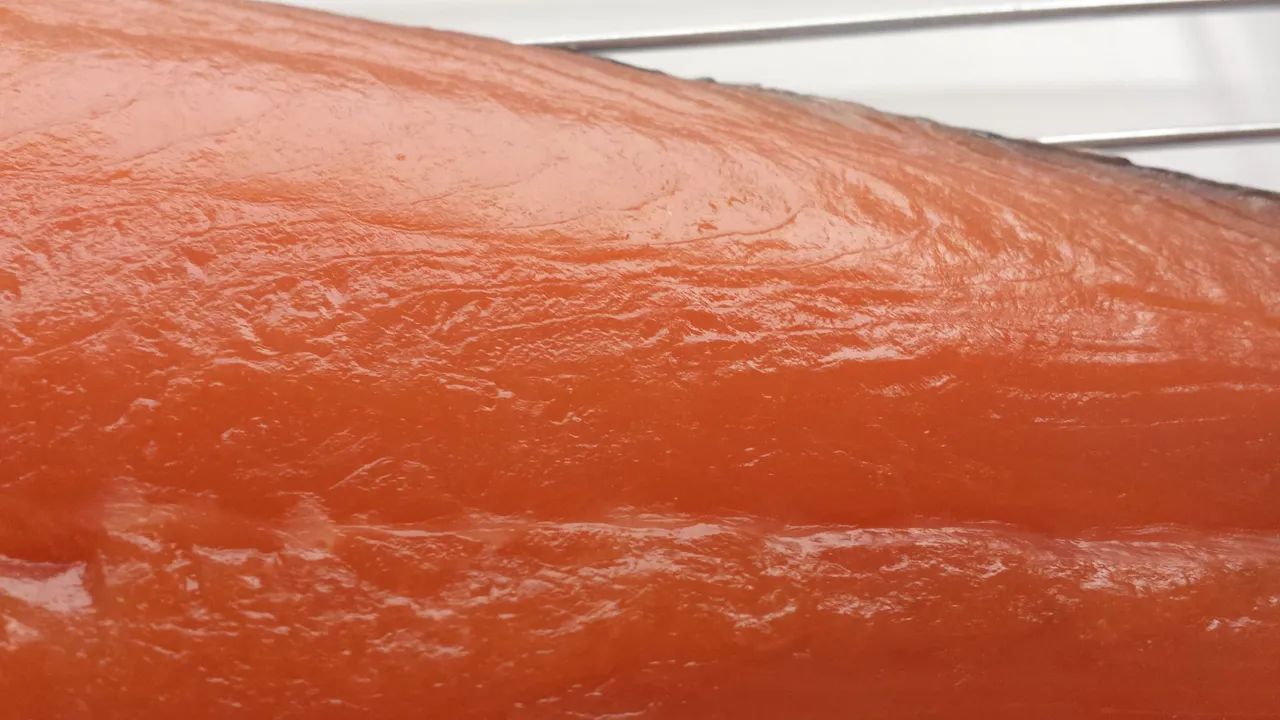
Smoke does not penetrate much further than the pellicle, so it’s important that a good pellicle is formed. Produce that is smoked when wet will only result in the smoke particles adhering to the surface moisture, producing a smoky sludge that is easily rubbed off.
Fish and meat form an excellent pellicle, but vegetables don’t. Therefore some vegetables may benefit from a light coating of oil to aid adhesion of smoke particles.
A high quality of smoke is achieved by maintaining a constant and consistent smolder of the right smoke density. Variable smoke densities will result in an inconsistent product that is difficult, if not impossible to replicate. This is the infernal problem when smoking with wood dust and wood chips as they often smolder inconsistently or go out.
Good air movement that allows the free flow of smoke within the smoker, and the ability to escape to the outside atmosphere, means produce will smoke efficiently, preventing the build-up of stale and acrid smoke. Humidity is also important, as too high a relative humidity will limit smoke particle adhesion and produce a less than adequate smoked product.
What is a pellicle?
A pellicle is the tacky skin that forms on the surface of meat, fish and poultry when it has been cured and allowed to dry sufficiently. This sticky surface is crucial in enabling smoke particles to adhere to the produce being smoked. It captures the smoke flavor and enhances color, as well as acting as a protective barrier that also helps to keep the produce succulent.
To form a pellicle, the meat (meat, seafood, poultry, pork, lamb and game) should be dried uncovered in the fridge, allowing the air to flow freely around all surfaces.
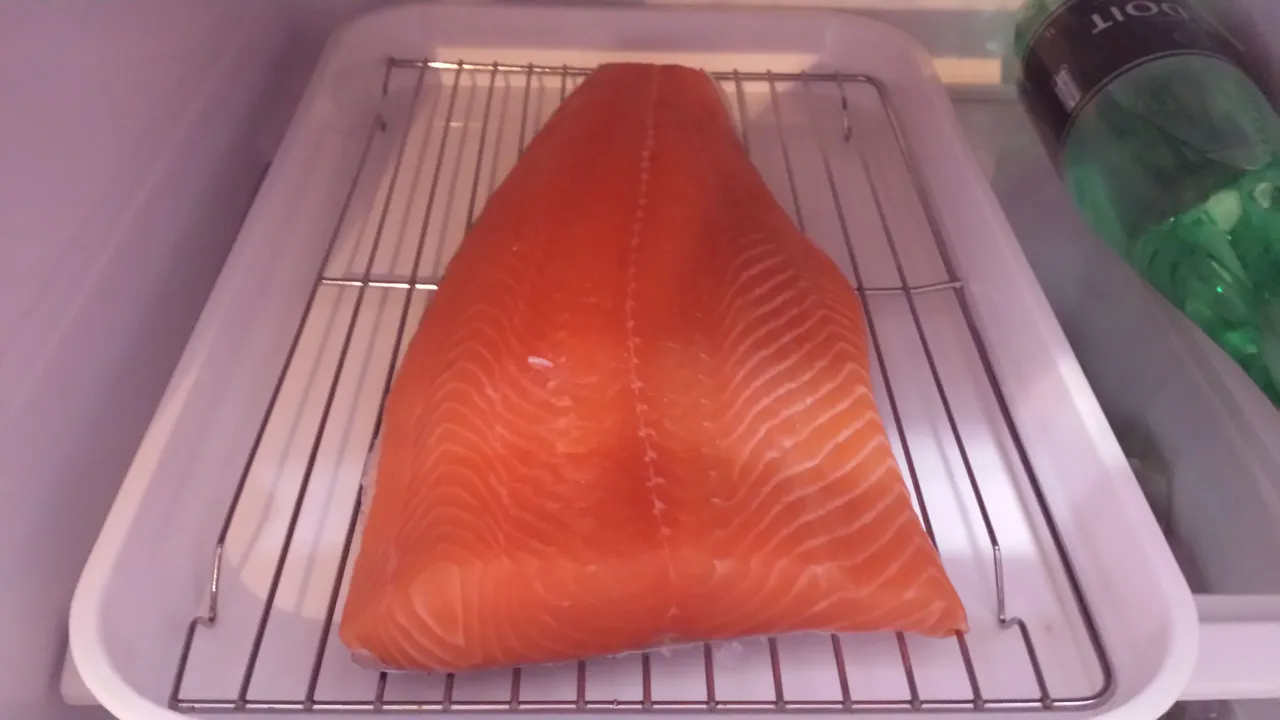
The pellicle is the key to producing deliciously succulent smoked salmon, as it prevents oxidation, which enhances and preserves the flavor for longer.
What foods can be cold smoked?
Beef, Pork, Lamb, Fish, Shellfish, Poultry, Eggs, Cheese, Fruit, Vegetables, Seeds, Nuts, Salt, Herbs, Spices, Butter, Oils and more.
A smoked ingredient adds another flavor dimension to many dishes, and can be added before or after cooking.
Can cold smoked foods be eaten raw?
With the exception of cold smoked salmon and wild trout, cheeses, fruits, vegetables and nuts, most cold smoked foods, such as bacon and chicken, require cooking. Generally, anything that normally requires cooking should be cooked after cold smoking.
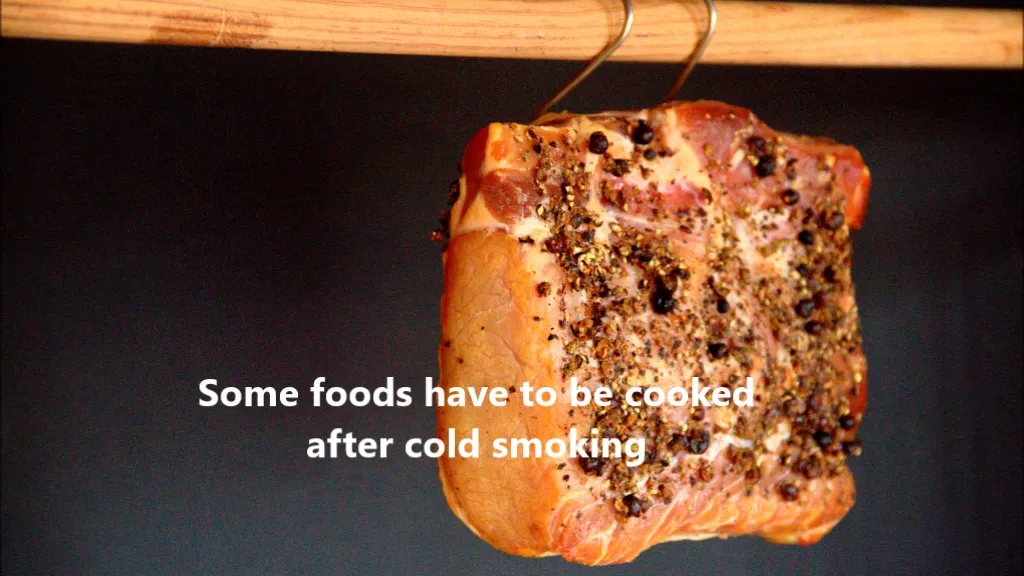
How long should I smoke food?
It depends on the type of food being smoked and on the strength of the smoke flavor desired. Some foods require lengthy smoking times, hours or even days, while others can be smoked in minutes. Hot smoking tends to take as long as it normally takes to cook the food, but a smoke finish can be just as effective.
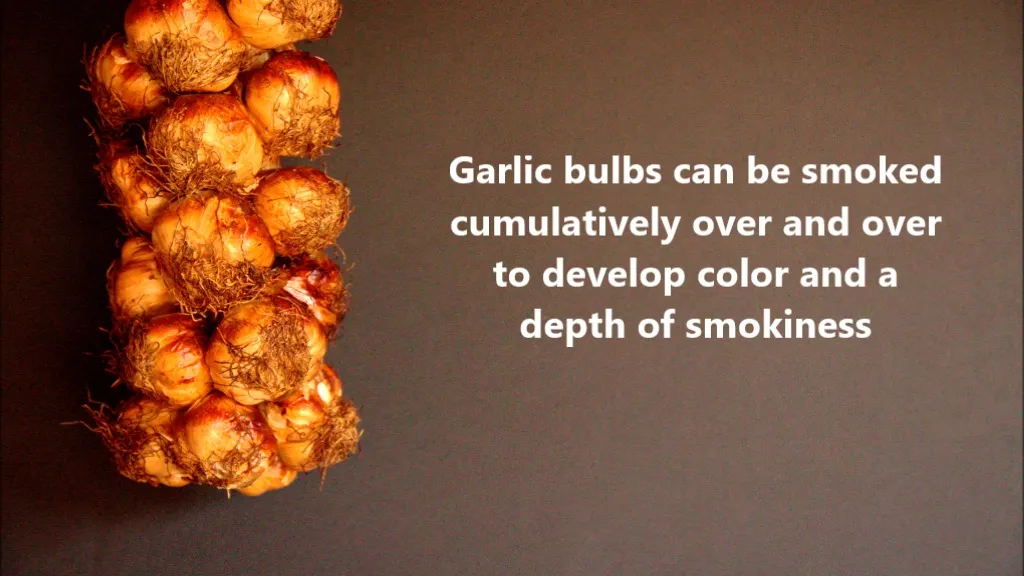
The longer you smoke, the more intense the smoke flavors and saltiness will be, and the drier the flesh will become.
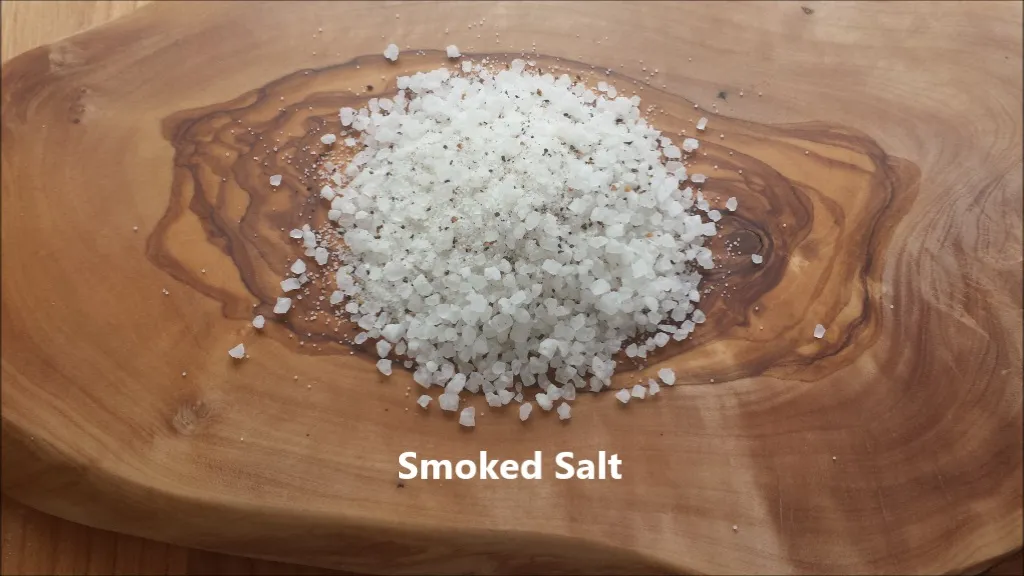
Sometimes an effective hint of smokiness can be applied before, during or after the cooking process, or to an ingredient used in the recipe. Experimentation is really the best way to achieve the desired balance of smokiness and texture.
Can you smoke food after it’s been cooked?
Yes, provided it’s fresh and safe to eat. Smoking is usually performed whilst the food is being cooked, as with hot smoking, or it is cold smoked for consumption as a raw, smoked finished product. However, some cold smoked foods require cooking afterwards. Cold smoked salmon, for instance, can be eaten uncooked, but other cold smoked foods, such as bacon and chicken, must be cooked after cold smoking.
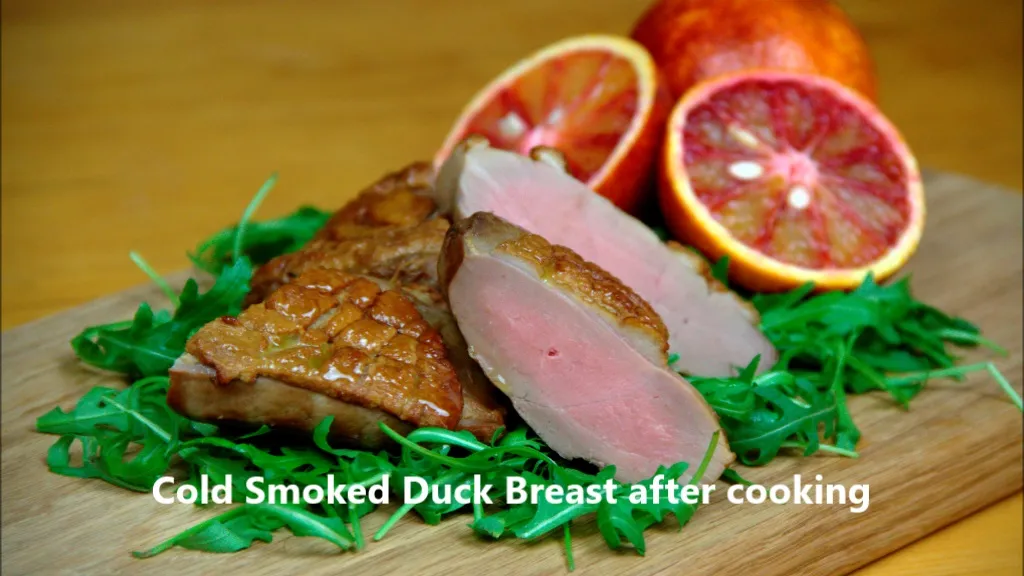
What is Curing?
Curing is a preserving and flavoring process that involves salting (pre-salting), drying and/or smoking. At its simplest, food is either dry salted (dry cure rub) or immersed in salted water (wet cure), called a brine. The cure time is dependent upon the food being cured and the amount of salt used.
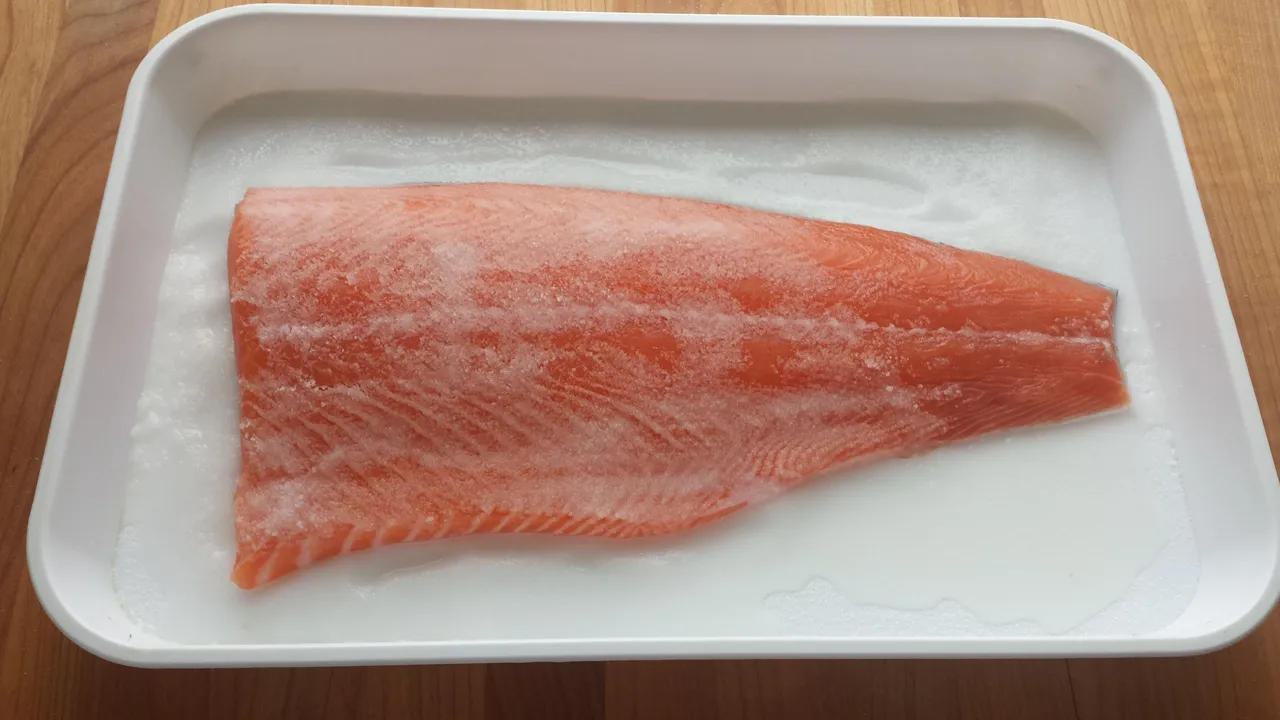
Other ingredients, such as sugar, honey, alcohol, herbs and spices can be added to the cure, but the salt is crucial to inhibit bacterial growth, tenderize, and to prepare the food for cold smoking.
Make sure you use containers, measuring jugs and utensils that won’t react with salt.

Why salt the food before smoking?
Salt is used to help cure food by dehydrating and neutralizing bacteria, which prolongs the shelf life of the finished product. All foods contain bacteria, which need water to survive and multiply. Whilst the salt dehydrates and kills the bacteria, it also concentrates the flavor and changes the structure and chemical interaction within the muscle tissue. This actually allows it to absorb water and swell, which enhances flavors and produces a moist, tenderized product.
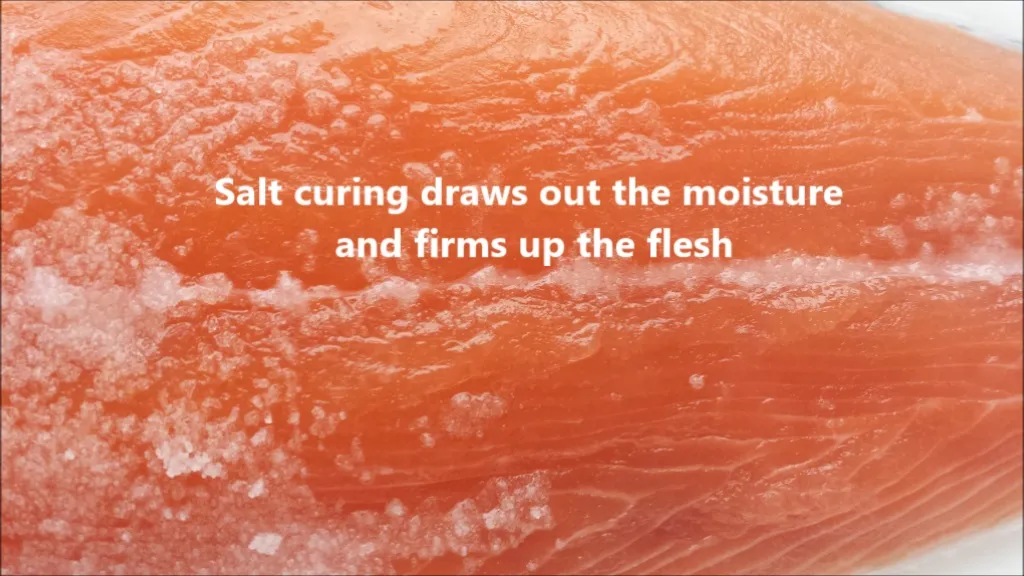
Salting and drying firms the flesh, deepens color, enhances flavor, increases smoke adhesion and extends shelf life. Salt also expands your taste buds and amplifies flavor whilst suppressing the tang of bitterness.
What is Brining?
Brining is just like a wet marinade, except with sufficient salt to cure and inhibit bacterial growth. Salt is added to cold water in the right quantity, and the meat is immersed in the solution for the required period of time to cure and tenderize it. Larger pieces of meat require longer brine times.
It is very important that the salt is fully dissolved in the water if it is to cure the meat properly. Brining is usually done before smoking.
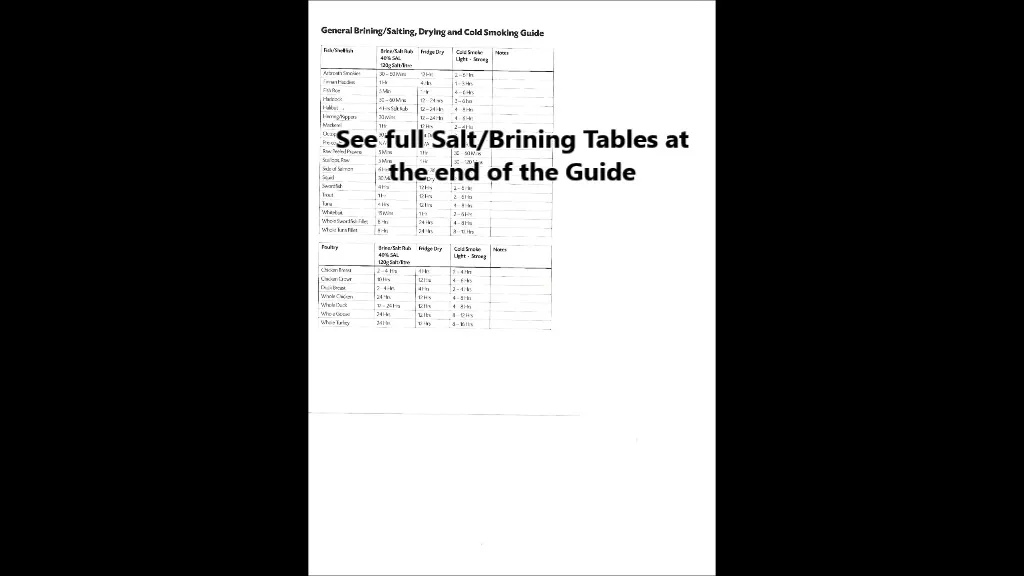
A brine is sometimes known as a wet cure because the product is fully immersed in the salt water solution. Brining causes the finished product to retain more of the initial water content than dry curing does. However, brining is not always desirable, as a drier meat forms a better pellicle and aids smoke adhesion when cold smoking.
It’s important that the protein dries and loses weight during salting, to increase its shelf life. Brining results in less weight loss, which means the product has to smoke for longer to achieve the same weight loss as a dry salted product.

One advantage that brining has over dry salting is that the appearance of fish products in particular become more attractive, as it produces a glossy skin on the surface of the flesh. It’s also more suitable for delicate foods, such as scallops or thin cuts of meat.

It's a matter of personal taste as to how strong the brine solutions should be, and the brining and smoking time required. With experience you will find out what suits your individual palate best.
How much salt do I add to water to make a brine?
When following a brine recipe it’s important to know the measurement scale that is being used. Some recipes refer to the brine strength in Baume degrees, as a percentage of the weight of salt to a given quantity of water, but this can only reach 26.4%, as that’s the maximum amount of salt that can be dissolved and held in a solution.
Most recipes use the SAL scale (measured by a SALometer or hydrometer), which gives the salt concentration as a percentage of the maximum 26.4%. For example, in Baume degrees seawater is approximately 4%, whereas it’s 13.5% on the SAL scale.

I personally use a 40% brine solution (118 grams of salt per litre of water), unless otherwise stated. The saltier the brine, the quicker the food absorbs the salt.
A medium strength 40% brine solution is a good balance, as it allows sufficient time for the immersed food to absorb the flavors of any herbs and spices that have been added, without becoming too salty. It’s also preferable to stick to one brine strength for brining all food, as it’s then just a matter of altering the brining time to achieve the level of saltiness that suits your palate.
Can I add to the Cure or Brine?
Yes, you can add anything you want to impart additional flavor. Either mix in the extra ingredients with the dry salt, or in solution with the brine. Sugar compliments the curing process because it tenderizes flesh, whereas salt can harden it. Sugar also helps to mask the salty taste, good for those who are salt intolerant. However, do not lessen the recommended amount of salt because other ingredients are being added. It is the salt that predominantly does the curing.
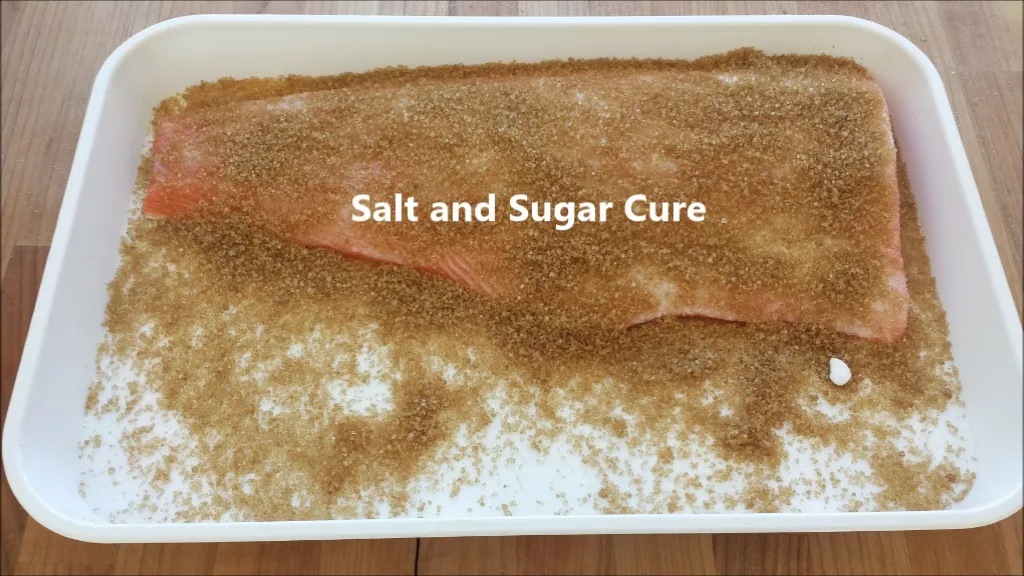
Some prefer to use white sugar for brining, with cane and Demerara reserved for dry salt curing. Sugar colored with molasses produces a darker and richer color.
Make sure that the brine is kept chilled during the curing process. The fridge is usually sufficient, but a sealed bag of ice on top of the brine will help keep the food cool and fully submerged, and will not melt into the brine and alter its strength.
Do I Dry-Salt or Brine?
It’s really a matter of personal preference, and which method is more practical. However, thin cuts and delicate meats are best brined.
What type of salt should be used for curing?
Ordinary table salt or cooking salt is okay to use, but it may contain minerals such as iodine and magnesium, which can sometimes give a metallic taste to the produce being cured.

My preference is for pure dried vacuum (PDV) salt because it is 99.9% pure. The granules are a small, uniform size, which dissolve and penetrate evenly, giving a consistent overall cure. It’s also inexpensive and can be bought in 10kg and 25kg bags from suppliers such as Amazon.
Pink curing salt (Prague powders, Insta-Cure), is a generic term; this type of salt is mostly used by commercial smokers because it contains added nitrites and nitrates to increase shelf life and limit the growth of the bacteria that can cause botulism. Not to be confused with Himalayan salt, which is naturally pink, this is dyed pink to differentiate it from other types of salt to prevent accidental ingestion.
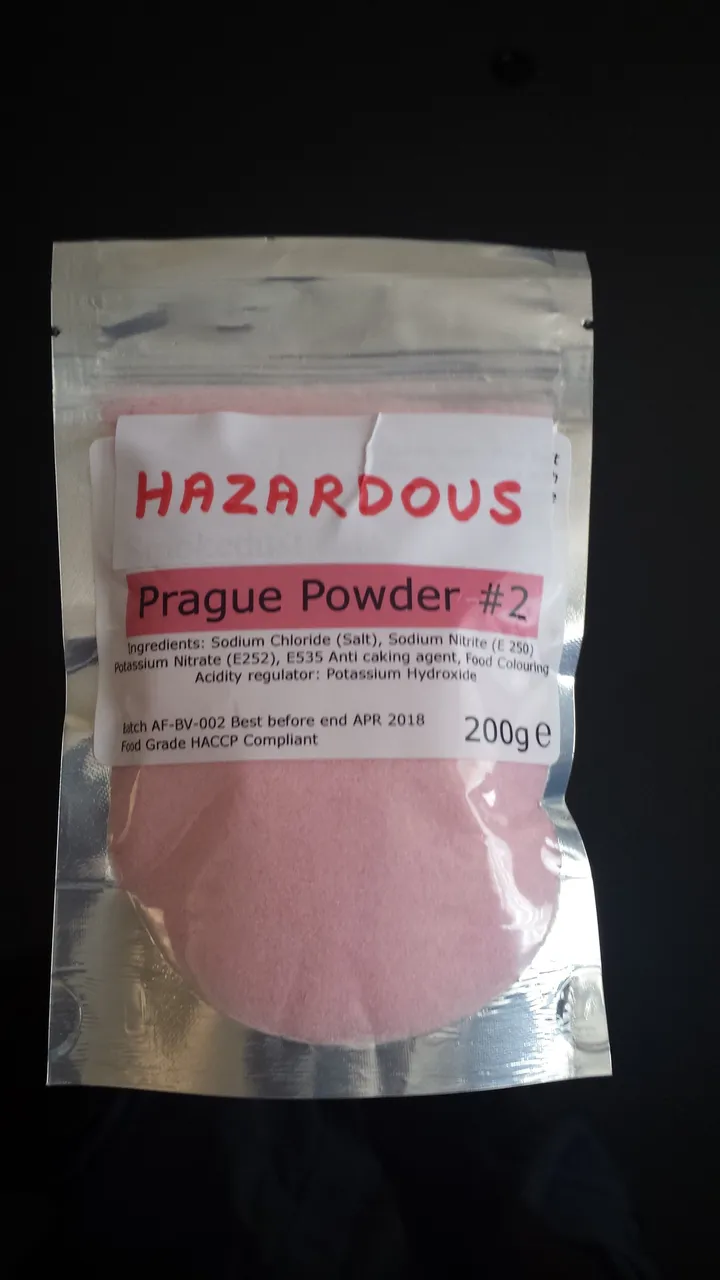
Store Pink Curing Salt safely and securely. Ingesting only 7.1 grams is enough to kill the average person!
Kosher salt is usually additive-free. The term ‘kosher’ is used to signify that the salt draws residual blood from the meat in accordance with the rules governing the preparation of kosher meat. Kosher salt is usually made of flaky rough crystals; therefore one tablespoon contains about half the amount of actual salt as a tablespoon of table salt would. Weight for weight it’s the same, but not volume for volume. This has to be considered when working out your brine mix if using kosher salt.
What about Nitrates and Nitrites?
Nitrates and Nitrites are sometimes used in addition to ordinary salt with the intention of killing certain types of bacteria and to prolonging shelf life even further. They also color the meat a pink-red, which can make the finished product look more attractive.
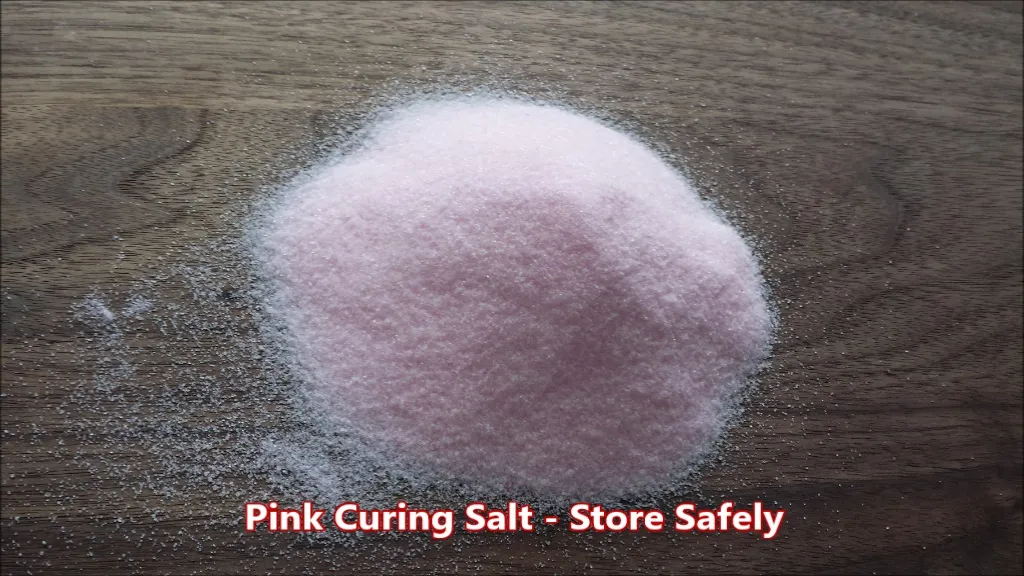
Commercially produced smoked products, such as bacon, include these additives,particularly store bought smoked bacon. If the bacon is home cured, smoked and eaten within a safe edible date, or frozen for later use, then these additives are normally not required. A bought bacon joint such as back bacon will already have been cured using these addatives. Pork belly is uncured and needs to be cured before making into streaky bacon.
At what temperature should food be cold smoked?
Cold smoke between 41°F (5°C) and 86°F (30°C). Near zero or below and the flavor particles of the smoke will not penetrate the food. Above thirty and the food will cook and spoil. Cheese is best smoked below 77°F (25°C).

What type of Smoker should I use?
Almost any type of lidded container can be used for cold smoking . It should have a top and bottom vent, both fully open, to allow the free flow of smoke and its escape to the outside atmosphere. It should also have a large enough internal volume so that the internal temperature stays as cools as possible and does not rise above 86°F (30°C). Smoldering wood will raise the internal temperature by a few degrees above ambient.
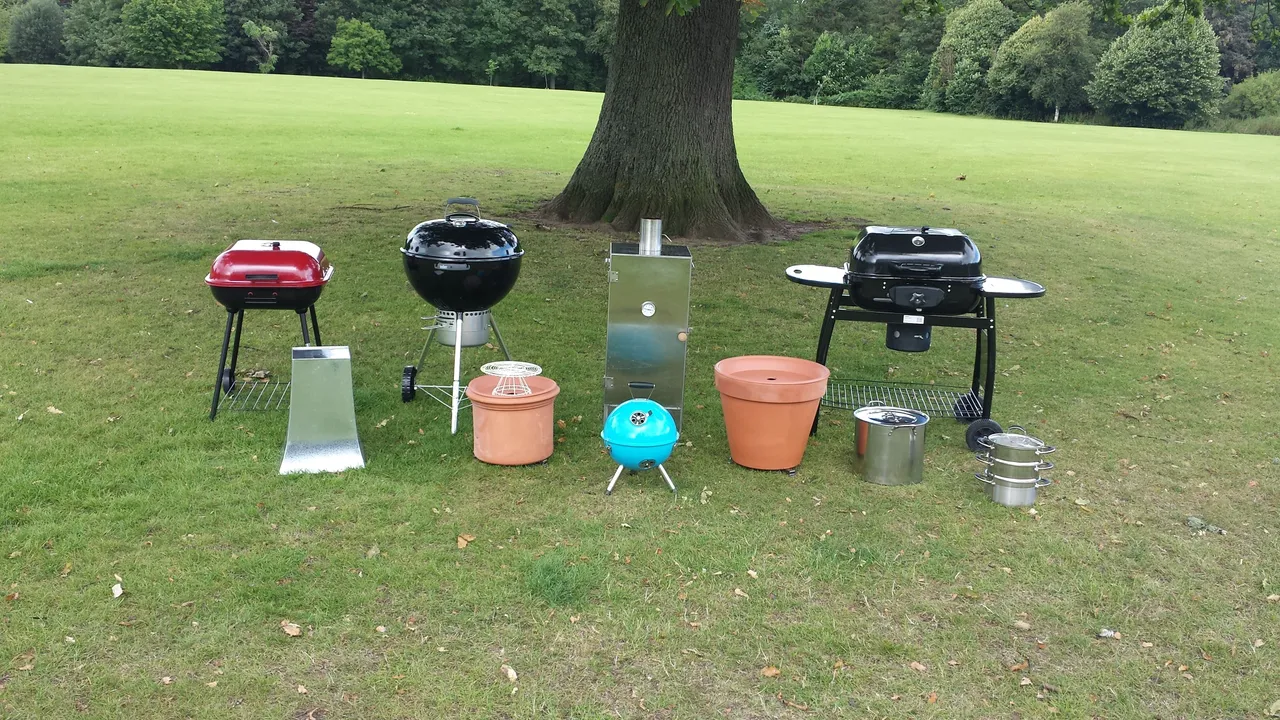
A Kettle BBQ doubles up as a very effective cold smoker
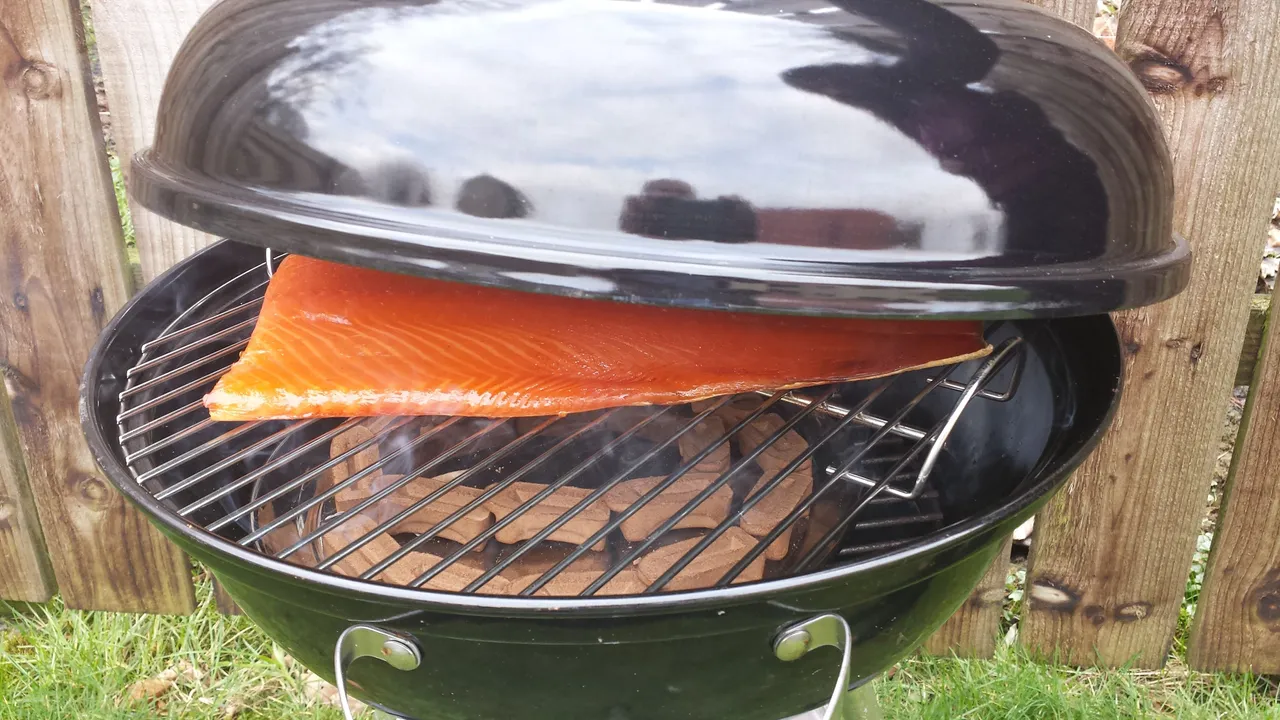
Where should I position my Smoker?
Position your Smoker in the shade and out of direct sunlight to prevent the smoker temperature rising above 86°F (30°C) and spoiling your food. It’s surprising how quickly a flash of sunlight will raise the temperature of a smoker and spoil food. Even on an overcast day, make sure that your smoker is still placed in the shade, as the sun’s heat can penetrate the clouds.

Make sure your smoker is also sheltered from the wind as much as possible to prevent wind blowing into the vents and backing up or blocking the free flow of smoke, which can result in bitter tasting food.
How should food be placed in the smoker?
Avoid cross contamination by keeping different foods separate from one another, particularly if smoking raw food that requires cooking afterwards. Place food that is cold smoked and ready to eat clear of foods that need to be cooked following cold smoking. Prevent foods from touching each other to ensure proper smoke circulation and prevent patchy coloring. Smoke fish separately from other foods for best results.
What type of wood is best?
The wood or mix of woods used for smoking food is called the smoker recipe and is as important as the food and brine recipes themselves. Each wood has a different characteristic and imparts its own unique flavor to the food being smoked. Likewise, each and every person’s taste preference is different, so it’s really a matter of personal likes and dislikes.
Some woods are more suitable for particular flavors and should be selected to compliment food rather than overpower them, but don’t be confined by the accepted norm or afraid to mix up your woods to create new smoker recipes that might seem counterintuitive.
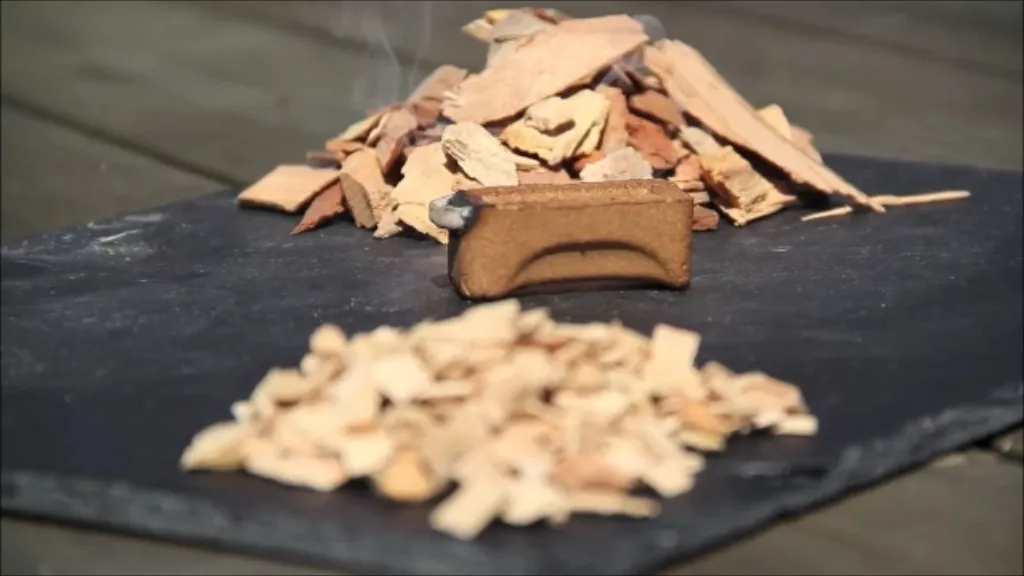
Worldwide, oak and beech are by far the two most common smoking woods. As a general rule of thumb, oak is particularly suitable for oily foods such as salmon, whereas beech is more suited to fatty foods, such as sausages.
One way to test the quality of the smoke flavor of each wood recipe is to smoke pieces of a relatively neutral tasting food, such as chicken breast or cubes of a mild cheese and then taste accordingly. We recommend that you try this first of all so that you can attune your palate to the characteristics of each wood smoke, and also the affect that smoking time has on the strength of flavor.
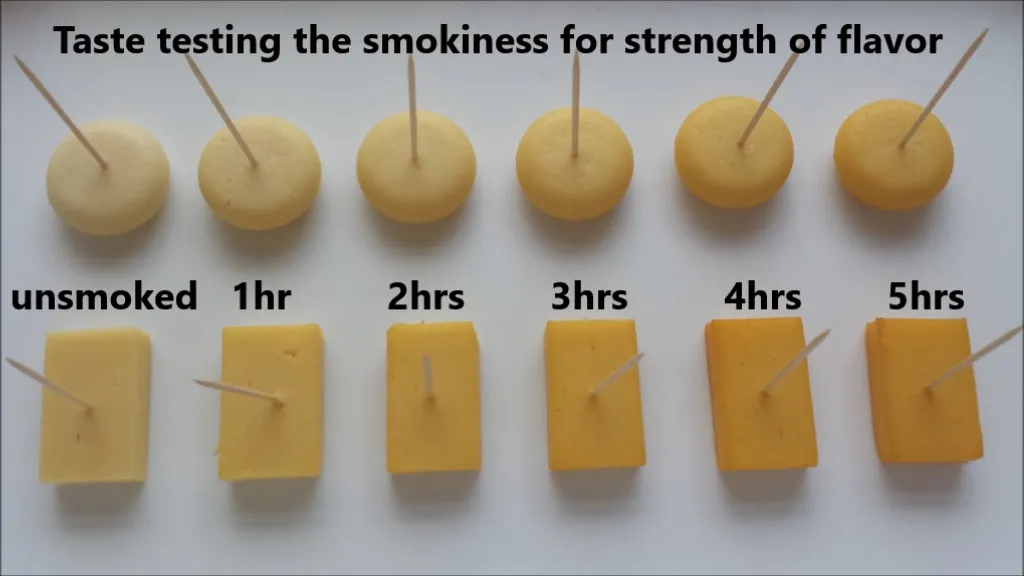
Can any wood be used for smoking?
Hardwoods are generally better, have a rounder flavor and are cleaner burning than softwoods, which can be resinous and impart a bitter or acrid taste. Often you will read or hear that softwoods should never be used, but this is simply not true. Softwoods are used in various parts of Europe to smoke some specialty products, such as the renowned spruce smoked Black Forest Ham and pine smoked Merguez sausages.
NEVER use woods or foliage from poisonous trees, shrubs or plants.
The three important safety elements to consider when selecting a smoking wood are:
- The wood has been confirmed by a reliable source as safe for smoking purposes
- It has been traditionally used for food smoking without causing any ill effects.
- It is uncontaminated and comes from a sustainable source that is verifiably traceable.
How do I create smoke with wood?
There are various methods of smoldering wood from natural to electrically assisted smoke generation. Most have their advantages and disadvantages. Some natural smoke generators use expanded metal or mash to contain the wood particulate, but they need constant monitoring as they often go out and need thoroughly cleaned between uses to prevent the mesh becoming clogged.
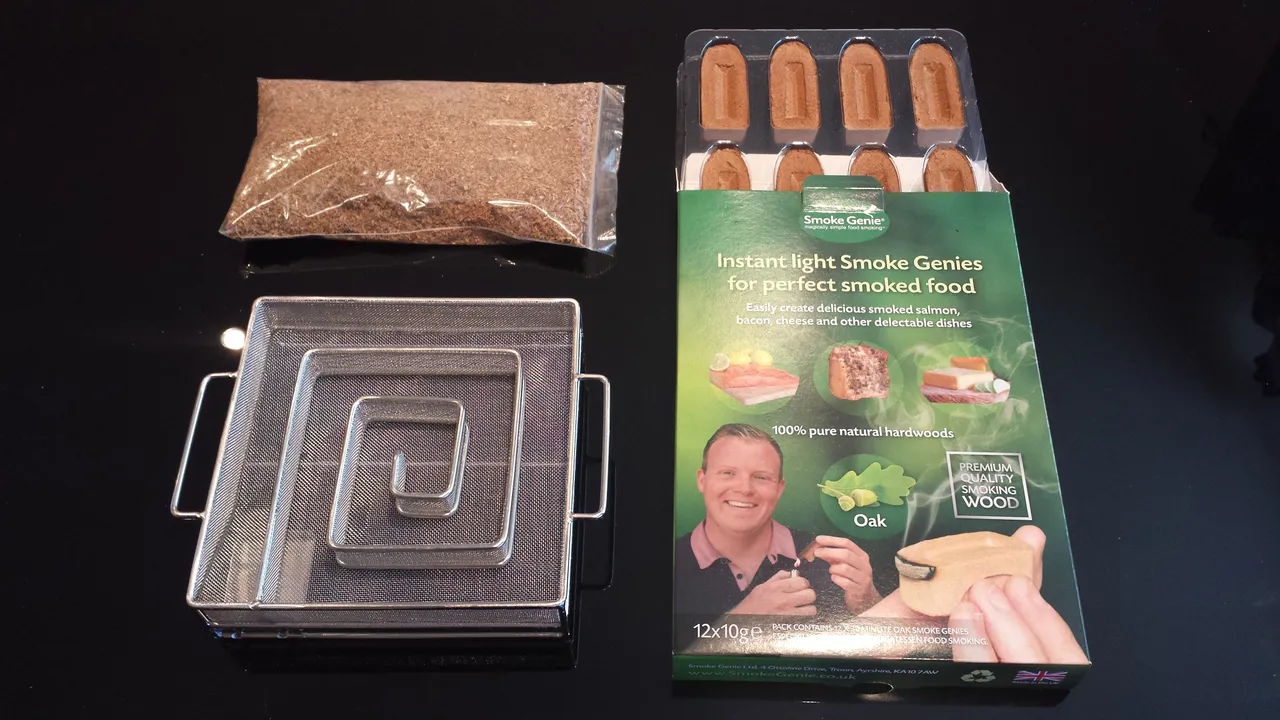
Personally, I prefer to use Smoke Genies which are compressed blocks of pure hardwood. I should say that as my son invented them specifically to solve the problems of lighting and maintaining a consistent smolder. They really do work as they are easy to light and produce a quality smoke that smolders continuously and consistently. They can also be linked together for the smoking time required.

I Hope you enjoyed reading this Guide and found it informative.
Have Fun!
Das
Good Food Hygiene
Give your working area (including Smoker) a good clean, both before and after preparation.
Engage in good, hygienic and safe food handling and preparation practices. Use non-reactive containers for salting and brining.
Use food grade polythene bags for storage and marinating.
Do not re-use brines. Use only once.
Use only the freshest of foods and ingredients.
Follow instructions closely and have everything ready to hand before you start.
Always refrigerate smoked foods and mark with a safe Use By Date.
Suggested Salting/Brining, Drying and Smoking Times
